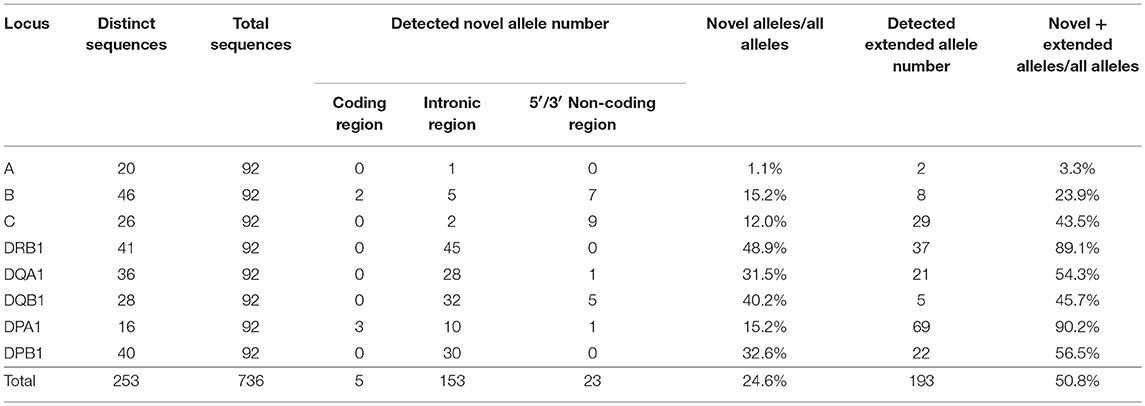Jul 11, 2012 - MDI to TIFF File Converter is a command line tool, which allows you to convert one or more MDI files to TIFF. Install Instructions. To install this. Apr 17, 2018 - Microsoft Office Document Imaging (MODI) is removed in Microsoft Office 2010. This article provides methods you can follow to install MODI on. Dec 9, 2016 - So in order to open and view or print the MDI files with Office 2007 installed, try one of the following. Click Close when installation done. Office Open XML File Format Converter – Converts to Mac Office 2004 and v. MDI Viewer - A MDI Viewer to view or convert mdi files, tiff files or other. MDI Viewer 3.1. Need NOT install Adobe Acrobat Reader. Download MDI Viewer. Mdi printer drivers for mac. How do you open a.mdi format with a mac. Is it possible? Higher (in fact, the MDI print driver appears to have been removed from.
Gene Codes Sequencher 5.4.6 (Win/Mac) 220/255 Mb Sequencher empowers the benchtop scientist by bringing the latest peer-reviewed NGS algorithms out of the command line and into an intuitive point and click interface. Whether performing reference-guided alignments, de novo assembly, variant calling, or SNP analyses, Sequencher has the tools you need to get results. Sequencher has integrated the comprehensive Cufflinks suite for in-depth transcript analysis and differential gene expression of your RNA-Seq data.
Sequencher can easily generate unique visualizations of your RNA-Seq data with custom Descriptions and charts giving you publication-ready graphics in seconds.


Comparing MacVector with Assembler with Sequencher 'Sequencher is not optimized for your Mac' If you use the popular Sequencher sequence assembly program from Genecodes and have recently updated your operating system to MacOS 10.13.4, you may have encountered the following dialog; The root of this problem is that Sequencher 5.4.6 (the latest version for the Mac) is a 32-bit application and is particularly reliant on an ancient 'Carbon' OS 9-compatibility framework that Apple has been telling developers for many years will be phased out in the near future. It appears that day is finally arriving and this warning dialog is the first indication that Apple will shortly make good on that promise. It is highly likely that Sequencher will be unable to run on one of the macOS releases in the next year or so. MacVector with Assembler has been fully 64-bit for many years (since MacVector 13) and has no dependency on the 'Carbon' framework.

Sequencher 5.0.1 For Mac
It provides almost all of the functionality of Sequencher within an updated modern interface, along with a host of additional functionality and integration with all of the DNA analysis tools within the core MacVector application. For a limited time, we are offering a 50% discount to all Sequencher users who wish to upgrade to MacVector with Assembler.
Project Interface Like Sequencher, MacVector with Assembler provides a simple Project-oriented interface where you can import and drag and drop files for Assembly. Unlike Sequencher, MacVector lets you have multiple projects open at one time. A typical Sequencher Project window A similar project in MacVector + Assembler Viewing and Editing Contigs Sequencher uses two coordinated windows to displaythe contig alignment and any associated chromatogram files; The Sequencher Contig Editor (note the use of two windows) MacVector displays the information in two panes in a single window, along with (optionally) quality information. Unlike Sequencher, trimmed bases are not deleted, but are simply shown greyed out. A unique 'Dots' mode (not shown) replaces residues that match the consensus with a dot so that your eyes are immediately drawn to SNPs and other mismatches. The MacVector with Assembler Contig Editor Comparison of MacVector with Assembler and Sequencher Functionality While not every Sequencher function and feature is present in MacVector with Assembler and MacVector provides many additional sequence analysis functions that are not present in Sequencher, the two applications are broadly similar when it comes to de novo and reference-based assembly capabilities.